No products in the cart.
Shoulder posture brace
£12.99£14.99 (-13%)inc VAT
- 1x Shoulder posture brace designed to improve posture and ease strain and pressure off your upper back and neck
- For both Men & Women
- One size fits all featuring secure adjustable straps that help you find the support and compression that is right for you
- Supports your Shoulders, Neck and upper back correctly helping you stand taller with more confidence
- Great for injury rehabilitation – Provides soothing compression that eases pain, reduces swelling and boosts blood flow to your upper back helping speed up the natural healing process
- Straightens your back and align your spine into the correct position – Designed to prevent rounded shoulders, slouching and hunching forward common causes of bad posture, back pain and injuries
- Features padded shoulder pads designed to prevent the brace from cutting into your arms and body whilst wearing allowing you to comfortably wear the brace all day long
- The perfect choice for improving your posture whilst exercising, running or playing sports such as football
- Breathable holes help circulate air and keep you dry, sweat free and feeling fresher for longer
- The slim discreet design makes this posture brace ideal for wearing underneath clothing without any bulkiness
- Includes a full 30 day money back guarantee!
1 Review For This Product
Fast & Secure Checkout Through Paypal
Pay with Paypal the secure payment gateway that accepts all credit and debit cards. Paypal is free and secure and no credit or bank information is ever stored or shared with us.
Fast Dispatch
Enjoy your items soon with quick dispatch via Royal Mail First Class. Expect to have your items between 1-3 days for domestic orders. 7-10 Working days for international orders.
Return Policy – 30 Day Money Back Guarantee
We are so confident that you will just love our product that we offer a full 30 day money back guarantee. In the unlikely event, you are unhappy with your purchase you can simply return it within 30 days for a refund. Please contact us via the form on the contact us page to start your return.
To return an item please send it to: Nuova Health UK, 81 Highfield Lane, Waverley, Rotherham, S60 8AL. Please include a note with your order id so we know who to refund. Please retain your postage receipt as proof of postage. All that we ask is that the item is in the original packaging and unused.
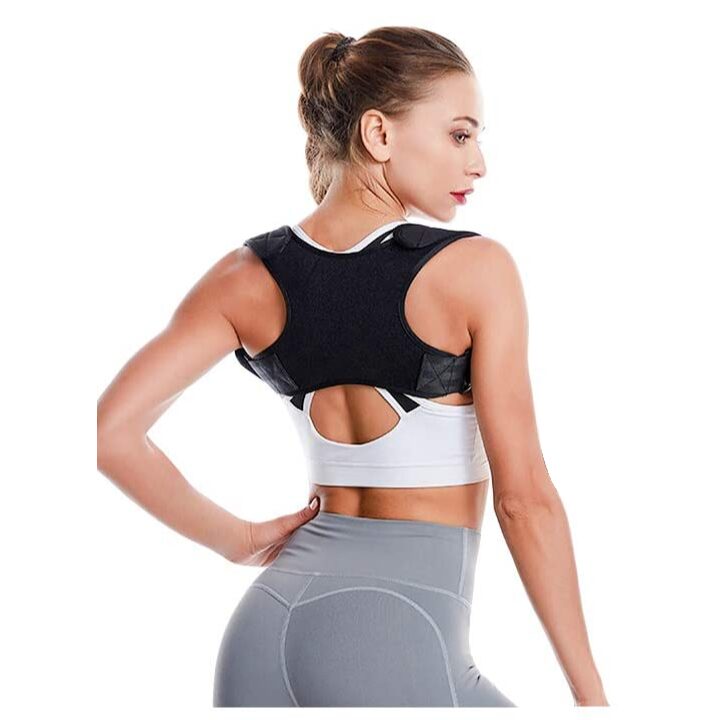
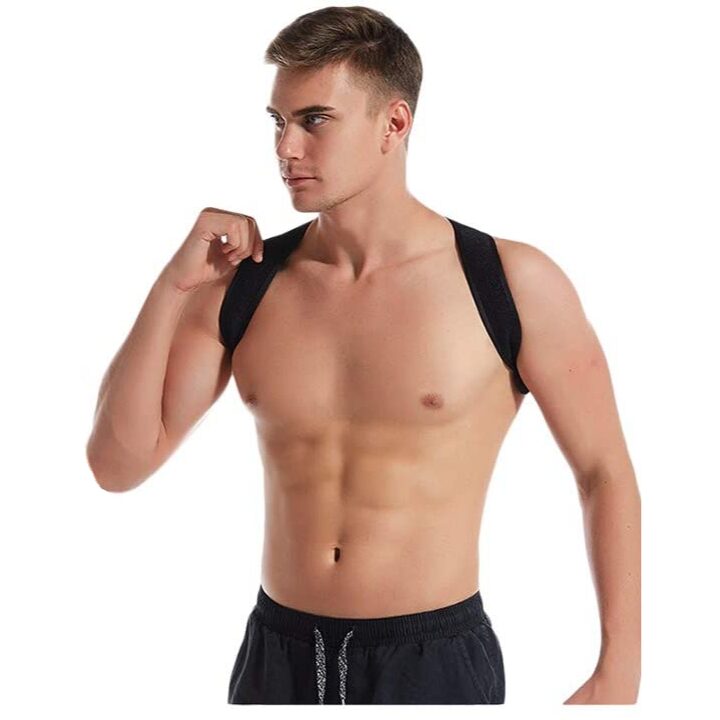
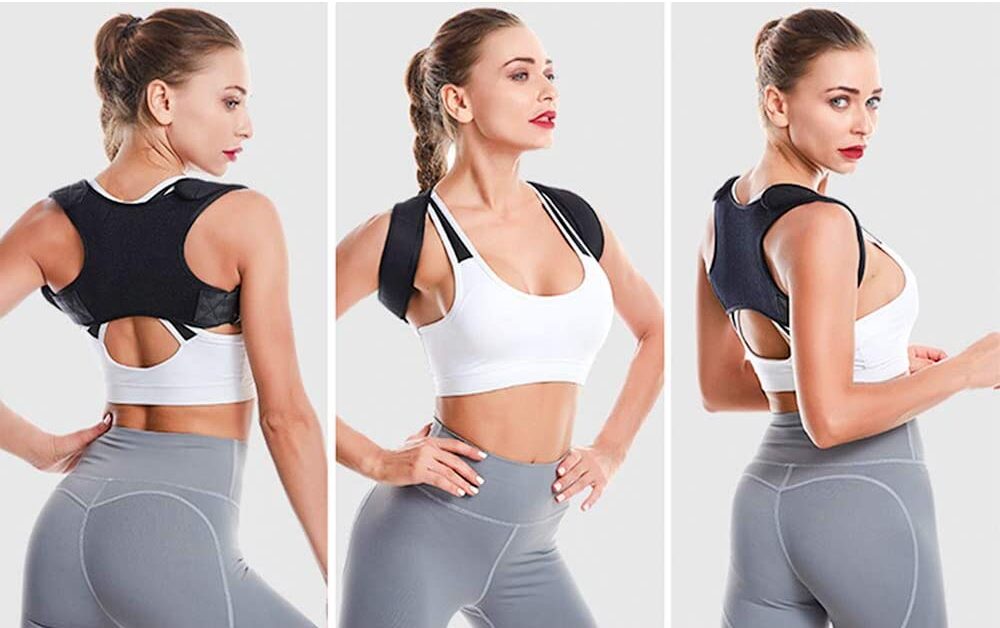

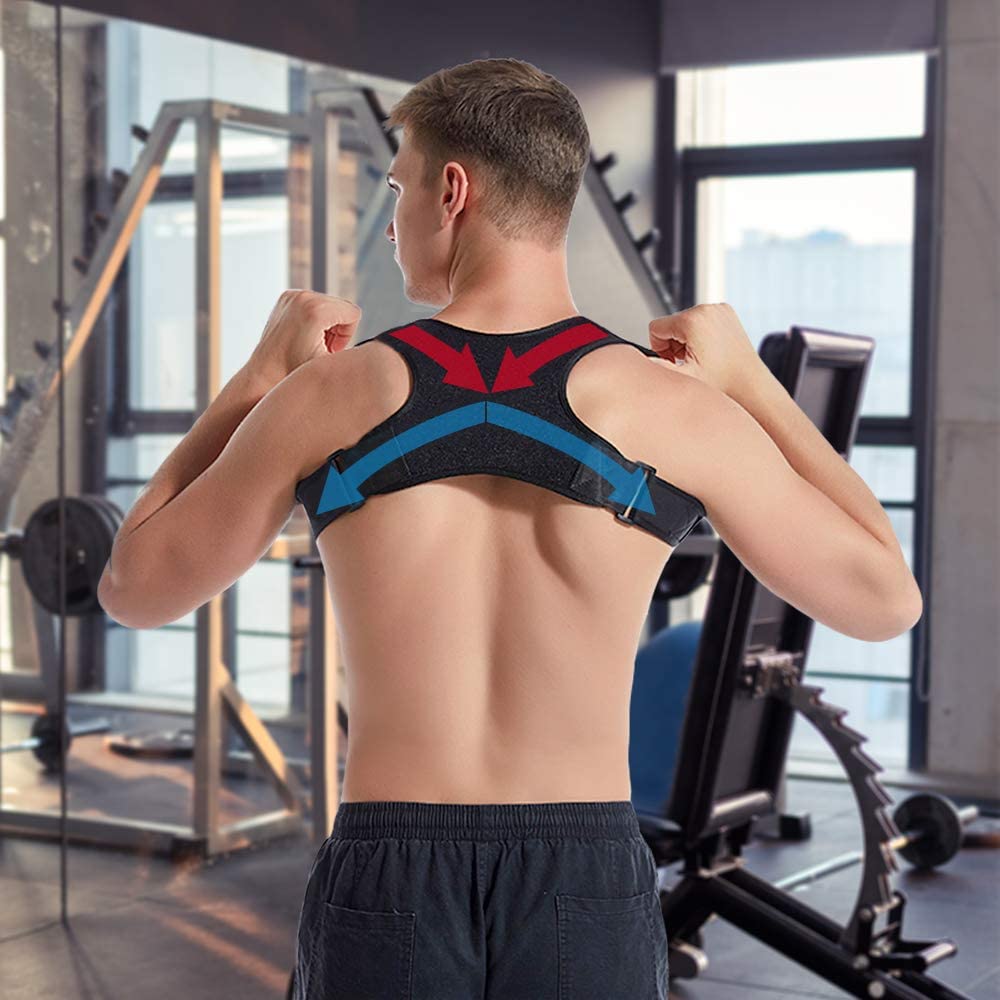
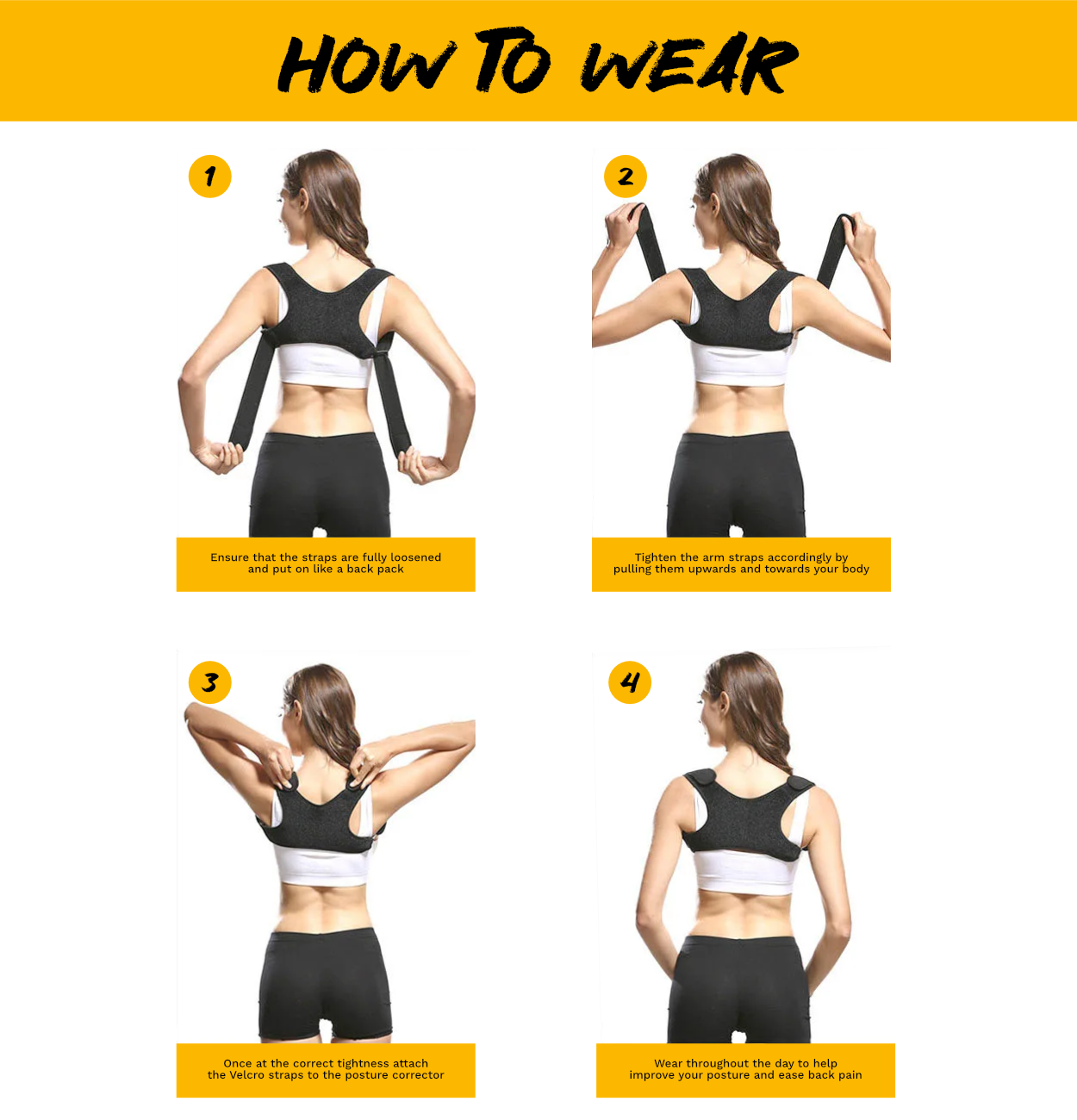

by Vaila McLean
Easy to figure out how to put it on, especially with the help of the included pictures. It certainly promotes good posture by gently pulling the shoulders back, and fits snugly under the armpits.